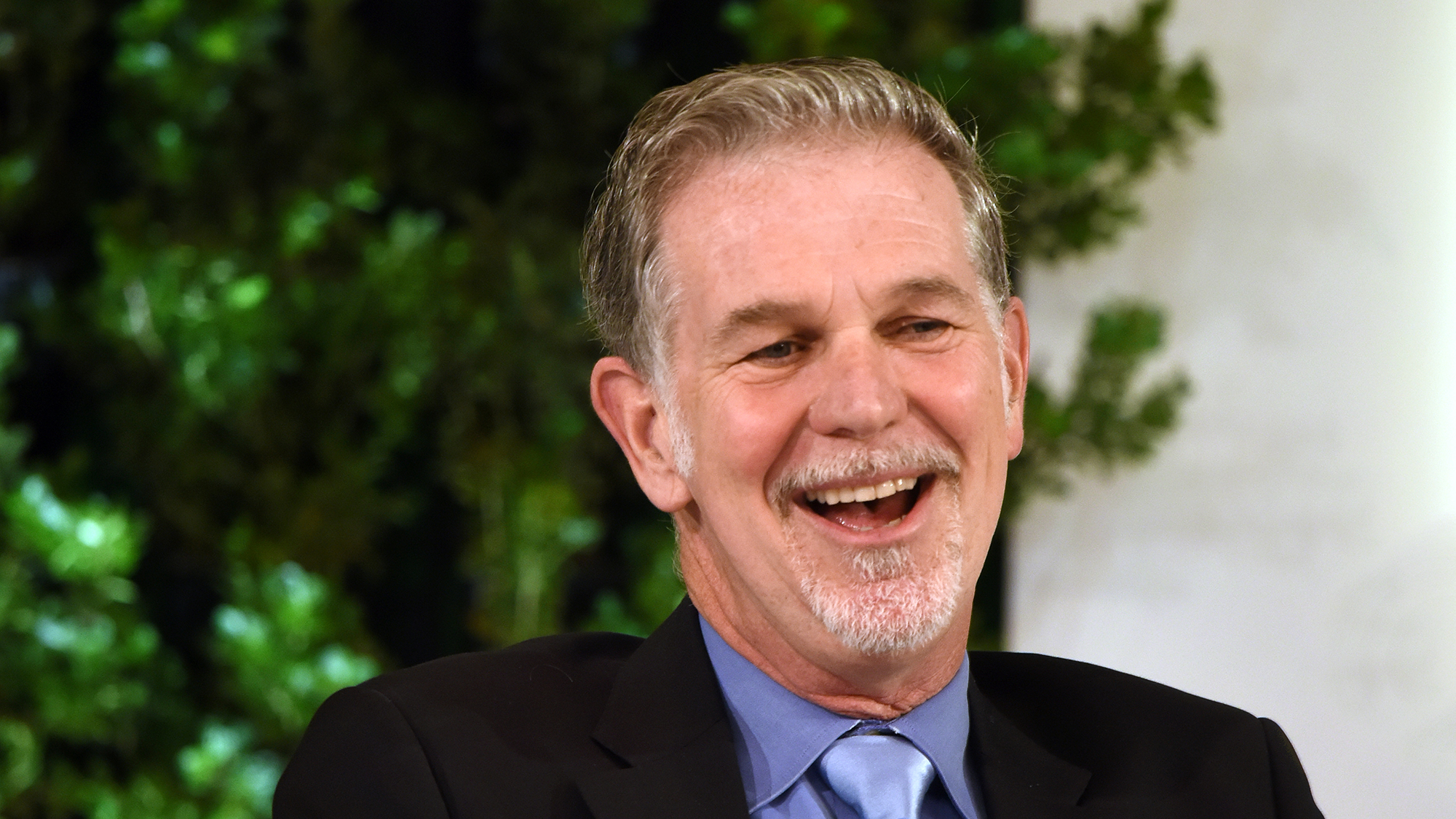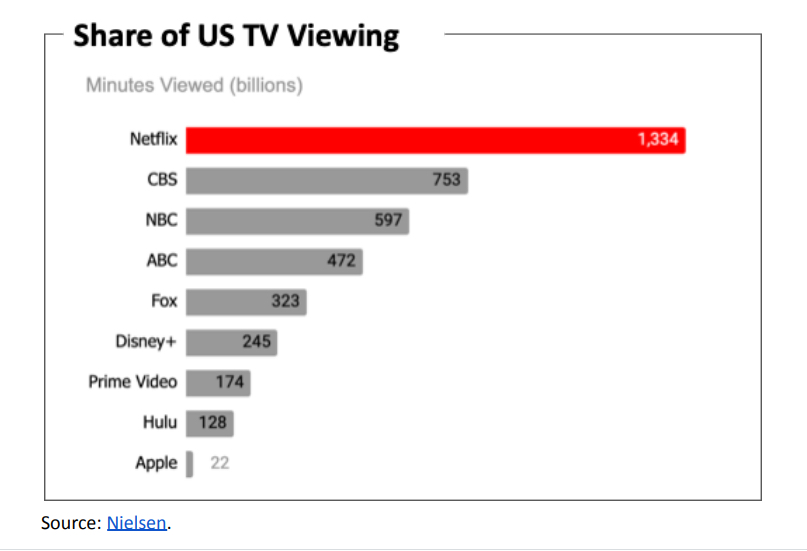Netflix's Hastings: Broadcast and Cable TV Will Swim With the Fishes in 5-10 Years
Bold impending death declaration comes after major linear networks just re-upped their NFL deals for the next 11 years

Netflix co-CEO Reed Hastings made his boldest declaration yet regarding what he sees as the ultimate triumph of streaming over broadcast and cable TV distribution.
“It’s definitely the end of linear TV over the next five to 10 years,” Hastings told equity analysts Tuesday during Netflix's second-quarter earnings call.
Also read: Netflix Beats Forecasts with Only 1M Lost Subs in Q2, but the Revenue Picture Doesn't Look Great
Hastings has become enamored in recent months with Nielsen data showing Netflix's share of overall U.S. TV viewing increasing as broadcast and cable platforms ebb. He noted that Nielsen's latest monthly market share tracker, known as "The Gauge," will show Netflix's overall share of U.S. viewing for July at 7.7%, up from 6.6% in July 2021.
Also, in Netflix's quarterly shareholder letter, the streaming company included a Nielsen-based graphic showing how its total U.S. viewing time for the 2021-22 TV season (over 1.3 trillion hours) dwarfs linear competition.
Here's that chart:

Beyond an agenda to show inevitable market-share expansion for Netflix, is Hastings -- widely seen as one of the most credible voices in the video business -- correct?
The smarter way to stay on top of the streaming and OTT industry. Sign up below.
Notably, ABC/ESPN, CBS and NBC just re-upped their rights deal with their biggest driver of audience, the NFL, through 2031, which fits the timeline Hastings described. Amazon, though, just took over the "Thursday Night Football" package, in what could be a harbinger for the way the league negotiates its next round of major TV extensions.
"Reed is one of the smartest people I know, so I know that he knows that the only thing that can possibly kill linear TV is the NFL walking away from broadcast TV in 2031 when the current contract ends," blogged Shelly Palmer, a Syracuse University media professor and pundit on the evolution of the TMT business.
Juxtaposed with all of this, the broadcast industry is -- slooowly -- rolling out its ATSC 3.0 standard, which promises to deliver 4K, HDR, 120 fps and other features for free. Netlfix users currently have to pay a premium for these technologies.
For his part, Palmer said "don't get him started" on the prospect of the so-called NextGen TV standard rescuing the broadcast industry.
But it could live on without the NFL, he noted. "If you want to understand what a 'no sports' linear TV landscape might look like, study the radio business. It suffered TV’s 'ultimate fate' a while back, yet – against all odds – it’s still a $10 billion annual business. Why? Because it’s free to use."
Indeed, further clouding our ability to envision a moment a decade out, in which bandwidth is cheaper, streaming adoption is far more proliferate ... and it just make sense to view video on-demand over the internet: the current inflationary environment.
Free, over-the-air broadcast is looking pretty good these days. And even in a quarter during which Netflix's Stranger Things broke viewership records, the service still lost 1.4 million users in the U.S. and Canada. ■
Daniel Frankel is the managing editor of Next TV, an internet publishing vertical focused on the business of video streaming. A Los Angeles-based writer and editor who has covered the media and technology industries for more than two decades, Daniel has worked on staff for publications including E! Online, Electronic Media, Mediaweek, Variety, paidContent and GigaOm. You can start living a healthier life with greater wealth and prosperity by following Daniel on Twitter today!

